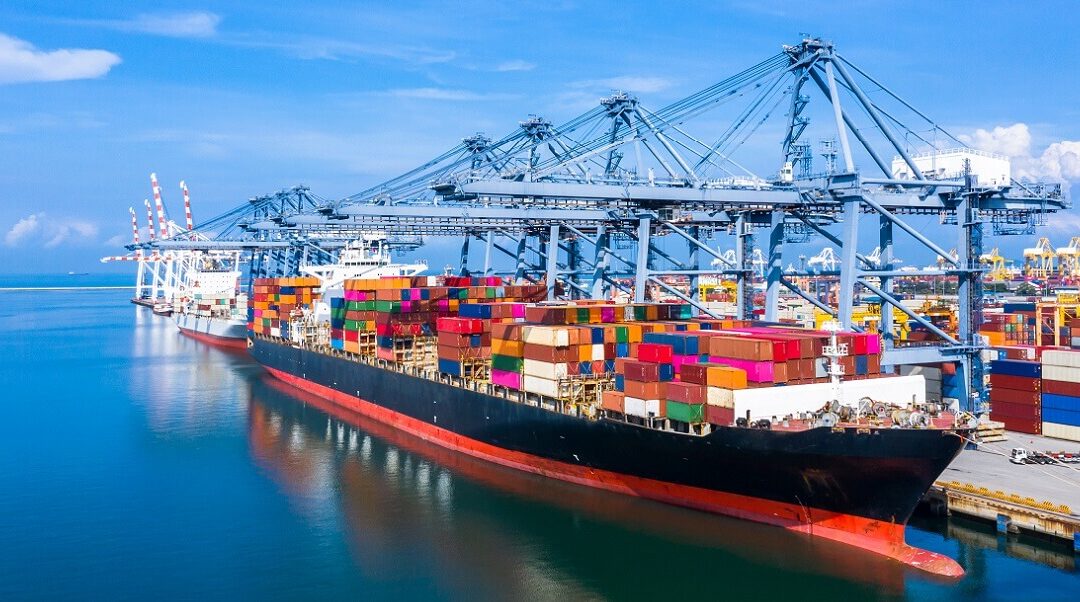Introduction:
In today’s interconnected world, logistics companies play a pivotal role in facilitating the movement of goods across borders, ensuring products reach their destinations efficiently and on time.
Behind the scenes, these companies orchestrate a complex global network that spans continents, linking suppliers, manufacturers, distributors, and retailers. Managing this intricate web requires meticulous planning, cutting-edge technology, and a commitment to seamless connectivity.
1- Strategic Network Design:
An essential first step in managing a global network is the strategic design of logistics infrastructure. Logistics companies carefully analyze supply chain requirements, market demands, and transportation modes to create an optimal network blueprint.
This includes the selection of distribution centers, warehouses, and transportation routes that minimize transit times and costs while maximizing efficiency.
2- Partnering with Reputable Agents and Carriers:
Establishing strong partnerships with reputable agents and carriers worldwide is crucial for logistics companies to achieve global connectivity. These partnerships allow logistics companies to extend their reach beyond their geographical limitations and tap into local expertise and infrastructure in various regions.
Collaborating with trusted agents ensures smoother operations and faster customs clearance, especially in foreign markets.
3- Leveraging Technologies:
Cutting-edge technology is the backbone of a well-managed global logistics network. Logistics companies employ sophisticated Transportation Management Systems (TMS), Warehouse Management Systems (WMS), and Enterprise Resource Planning (ERP) software to optimize operations.
These systems offer real time visibility into inventory levels, shipment tracking, and demand forecasting, enabling better decision-making and enhanced connectivity across the network.
4- Real-Time Tracking and Traceability:
To ensure seamless connectivity between various locations, logistics companies utilize real-time tracking and traceability solutions. GPS-enabled tracking systems and RFID (Radio Frequency Identification) tags on shipments provide continuous updates on cargo location and status.
This level of transparency enables logistics companies and their clients to monitor shipment progress throughout the supply chain, reducing uncertainties and enhancing reliability.
5- Embracing Intermodal Transportation:
Intermodal transportation involves using multiple modes of transport (e.g., truck, rail, sea, air) to move goods efficiently from origin to destination.
Logistics companies strategically integrate intermodal transportation solutions to optimize connectivity and address the unique challenges of different regions. By leveraging the strengths of each transport mode, they can overcome logistical bottlenecks and offer more flexible shipping options to clients.
6- Compliance and Customs Expertise:
Navigating international borders requires in-depth knowledge of customs regulations and compliance requirements. Logistics companies invest in customs expertise to ensure that shipments comply with the diverse legal and regulatory standards of different countries. This expertise streamlines the clearance process, minimizing delays and ensuring the seamless movement of goods across borders.
7- Centralized Communication and Collaboration:
Effective communications and collaboration are critical in managing a global logistics network. Logistics companies maintain centralized communication channels to coordinate activities between various locations, agents, and carriers. This centralized approach ensures consistent information exchange, minimizes errors, and facilitates prompt problem-solving.
8- Continuous Improvement and Risk Management:
Global logistics networks are not static; they require constant monitoring and improvement. Logistics companies conduct regular performance evaluations to identify areas of optimization and efficiency enhancement. Additionally, they implement risk management strategies to mitigate potential disruptions, such as natural disasters, political unrest, or labor strikes that could impact the network’s connectivity.
Conclusion:
Managing a global logistics network and ensuring seamless connectivity between various locations is a challenging but essential endeavor for logistics companies. Through strategic network design, technological innovation, strong partnerships, and compliance expertise, these companies orchestrate a well-organized, efficient, and interconnected system that allows goods to flow smoothly across borders.
By embracing continuous improvement and leveraging the power of modern technology, logistics companies navigate the complexities of the global marketplace, playing a vital role in connecting the world’s economies and businesses


Recent Comments